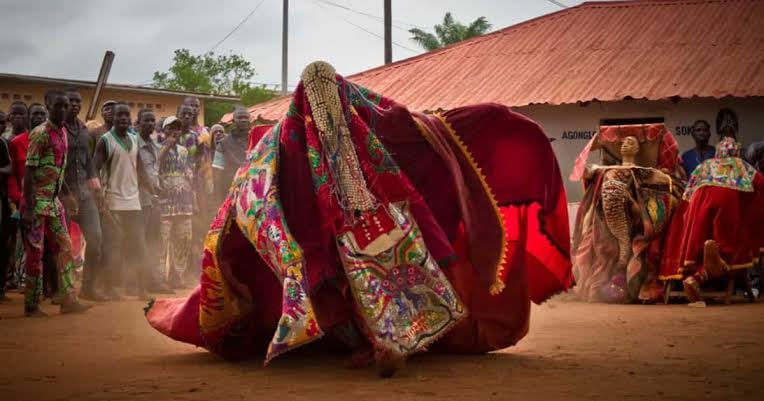Performing Arts are forms of creative expression that involve live performance in front of an audience. These are arts you don’t draw or paint, but act, dance, or sing. They are experienced through the sense of sight and hearing, and they often involve the movement of the body, the use of the voice, and the expression of emotions.
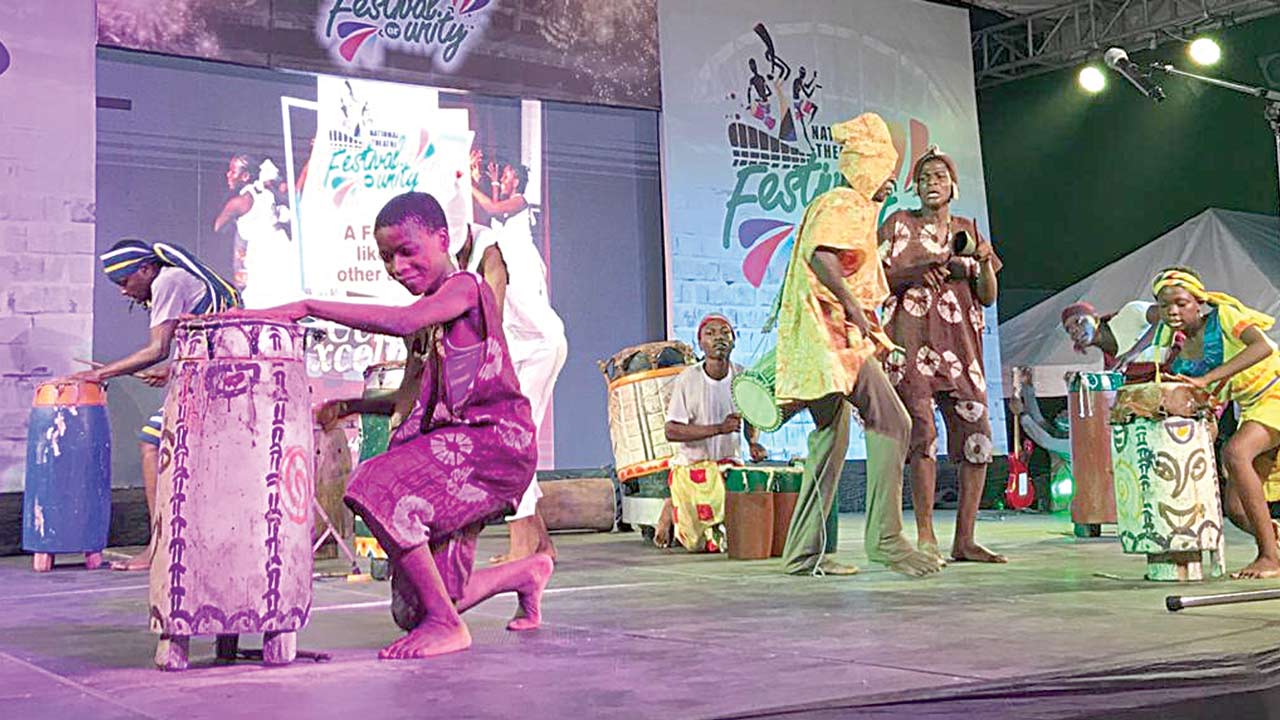
Performing arts are one of the oldest forms of entertainment and communication. Long before radio, television, or books, people entertained themselves by dancing, singing, drumming, and acting. In traditional African societies, performing arts were part of daily life — during festivals, marriages, funerals, and storytelling evenings.
Performing Arts are creative activities that require people to perform in front of others. This can include music, dance, drama, oral poetry, and other performance-based expressions.
The performance may be done by individuals or groups, and it usually involves rehearsals, costumes, movement, facial expressions, and sometimes music or sound.
In simple terms, if an art is something that needs to be acted, danced, or sung — and must be seen or heard — it is a performing art.
Music :- Music is the art of creating sound that is pleasing or meaningful to the listener. It can be produced by the human voice (singing) or through musical instruments (like drums, flutes, guitars, or pianos). Music is made up of different elements like rhythm, melody, pitch, and harmony.
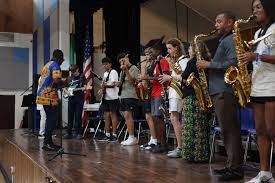
There are different types of music, such as traditional music, gospel, classical, jazz, Afrobeat, and hip-hop. Music is used for worship, education, celebration, mourning, entertainment, and even healing.
In Nigerian culture, music plays a major role. Traditional instruments like the talking drum, shekere, ogene, and flute are used in celebrations and ceremonies. Music helps to tell stories, praise ancestors, and unite communities.
Dance :- Dance is the movement of the body in a rhythmic way, often to music. Dance is used to express emotions, tell stories, celebrate, or entertain. It is a universal language that can be joyful, sorrowful, spiritual, or ceremonial.
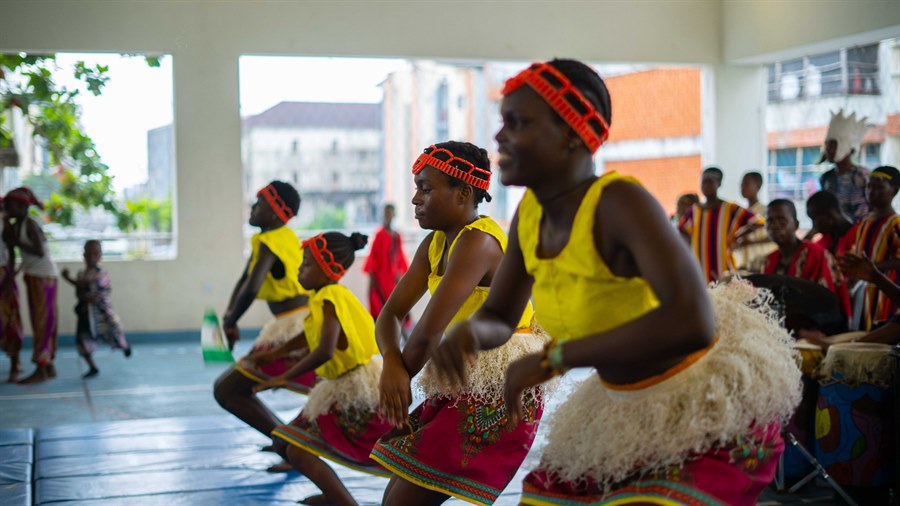
In Nigeria, every ethnic group has its own traditional dances. For example, the Yoruba have the Bata and Eyo dances, the Igbo have the Atilogwu dance, the Hausa have the Koroso dance, and the Tiv have the Swange dance. Each of these dances reflects the culture, values, and history of the people.
Dancers use facial expressions, hand movements, footwork, and costumes to pass messages or entertain the audience. Modern dances include ballet, hip-hop, contemporary, and breakdancing.
Drama :- Drama is the art of acting out a story in front of people. It involves pretending to be someone else and using voice, body, movement, and emotions to bring the story to life. Drama is usually performed on stage, in films, or on television.
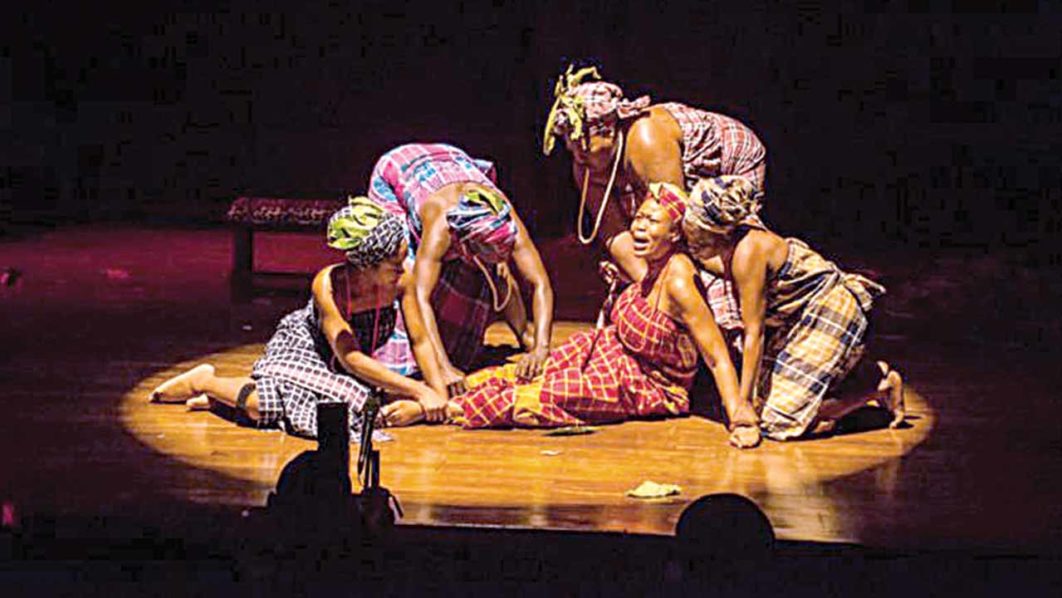
Drama may be based on real-life stories or imagination. It can be serious (called tragedy) or funny (called comedy). Drama can be used to teach lessons, tell stories, raise awareness, or entertain.
In Nigeria, we have strong drama traditions — such as village theatre, masquerade performances, travelling theatre groups, and modern Nollywood films. Traditional drama usually includes music and dance as part of the performance.
Apart from the three major branches, other forms include:
In Nigeria, performing arts have always been part of daily life. During festivals, marriages, naming ceremonies, or farming periods, people gather to dance, sing, and act. Examples include:
